Growing Butterfly Weed Plants: Tips On Butterfly Weed Care
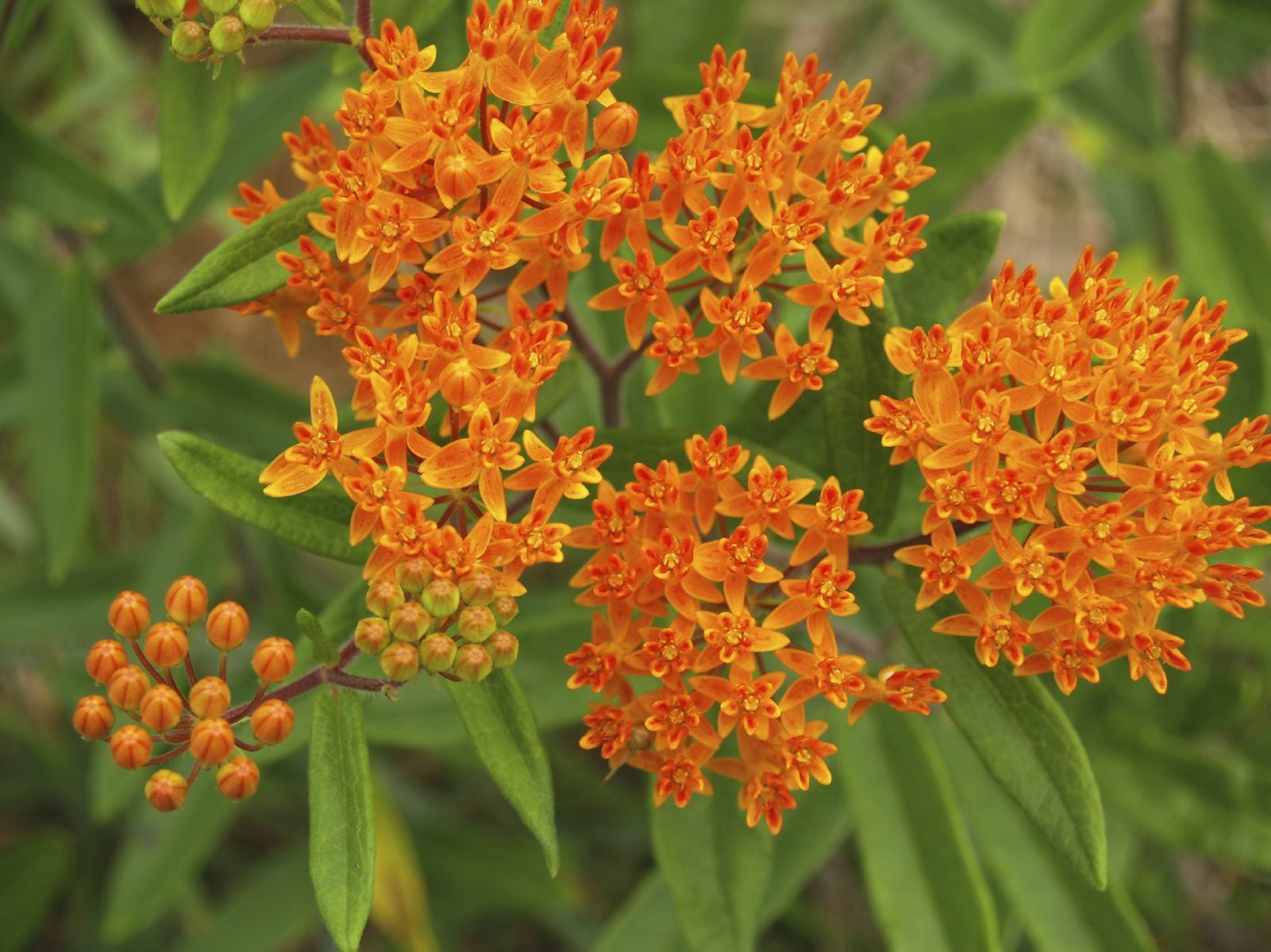

What is a butterfly weed? Butterfly weed plants (Asclepias tuberosa) are trouble-free North American natives that produce umbels of bright orange, yellow, or red blooms all summer long. Butterfly weed is appropriately named, as the nectar and pollen rich flowers attract hummingbirds and hordes of butterflies, bees, and other beneficial insects throughout the blooming season. Do you want to know more about how to grow butterfly weed? Read on.
Butterfly Weed Characteristics
Butterfly weed plants are milkweed cousins with tall, clumping perennials that reach heights of 12 to 36 inches (31-91 cm.). The blooms appear atop fuzzy, green stems, which are adorned by attractive, lance-shaped leaves. Butterfly weed plants spread by way of seeds, which are released from large pods in early autumn. Butterfly weed grows wild in a variety of environments, including open woods, prairies, dry fields, meadows, and along roadsides. In the garden, butterfly weed looks great in wildflower meadows, borders, rock gardens, or mass plantings.
How to Grow Butterfly Weed
Growing butterfly weed requires very little effort. The plant, suitable for growing in USDA plant hardiness zones 3 through 9, thrives in bright sunlight and poor, dry, sandy, or gravelly soil with a slightly acidic or neutral pH. Butterfly weed plants are easy to grow by seed, but may not produce blooms for two or three years. Once established, butterfly weed is drought tolerant and blooms dependably from year to year. Also, keep in mind that butterfly weed has long, sturdy roots that make transplantation very difficult, so locate the plant in its permanent place in the garden.
Butterfly Weed Care
Keep the soil moist until the plant is established and showing new growth. Thereafter, water only occasionally, as butterfly weed plants prefer dry soil. Trim old growth every spring to keep them neat and healthy. No fertilizer is required and may even harm the plant. Mealybugs and aphids may cause problems during the blooming season, but both are easily controlled by regular applications of insecticidal soap or horticultural oil.
Gardening tips, videos, info and more delivered right to your inbox!
Sign up for the Gardening Know How newsletter today and receive a free copy of our e-book "How to Grow Delicious Tomatoes".

A Credentialed Garden Writer, Mary H. Dyer was with Gardening Know How in the very beginning, publishing articles as early as 2007.
-
 4 Superfast Composting Methods: Turn Waste Into Garden Gold In 30 Days Or Less
4 Superfast Composting Methods: Turn Waste Into Garden Gold In 30 Days Or LessTry the fastest composting methods to turbocharge your pile and transform kitchen scraps and garden waste into finished compost in just a few weeks.
By Mary Ellen Ellis
-
 Best Spider Plant Soil – Complete Soil Guide And Expert Tips For Keeping Plants Happy
Best Spider Plant Soil – Complete Soil Guide And Expert Tips For Keeping Plants HappySpider plants are fun and easy plants to grow, but what is the best soil for a spider plant? Selecting the right soil is important so they can thrive.
By Bonnie L. Grant
-
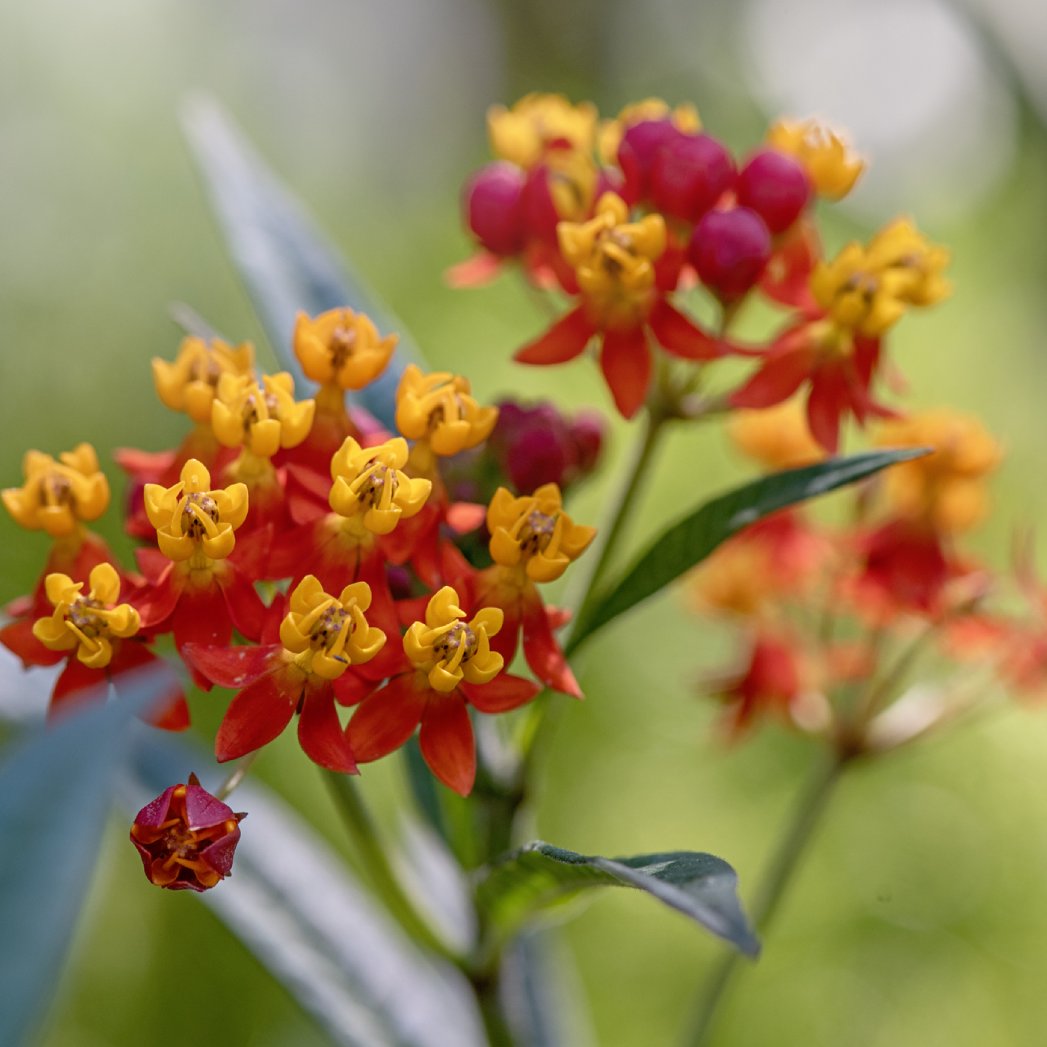 Is Tropical Milkweed Bad For Your Butterflies? What You Can Do
Is Tropical Milkweed Bad For Your Butterflies? What You Can DoTropical milkweed is a harmful plant that can trick both humans and monarch butterflies, and is contributing to declining monarch populations.
By Teo Spengler
-
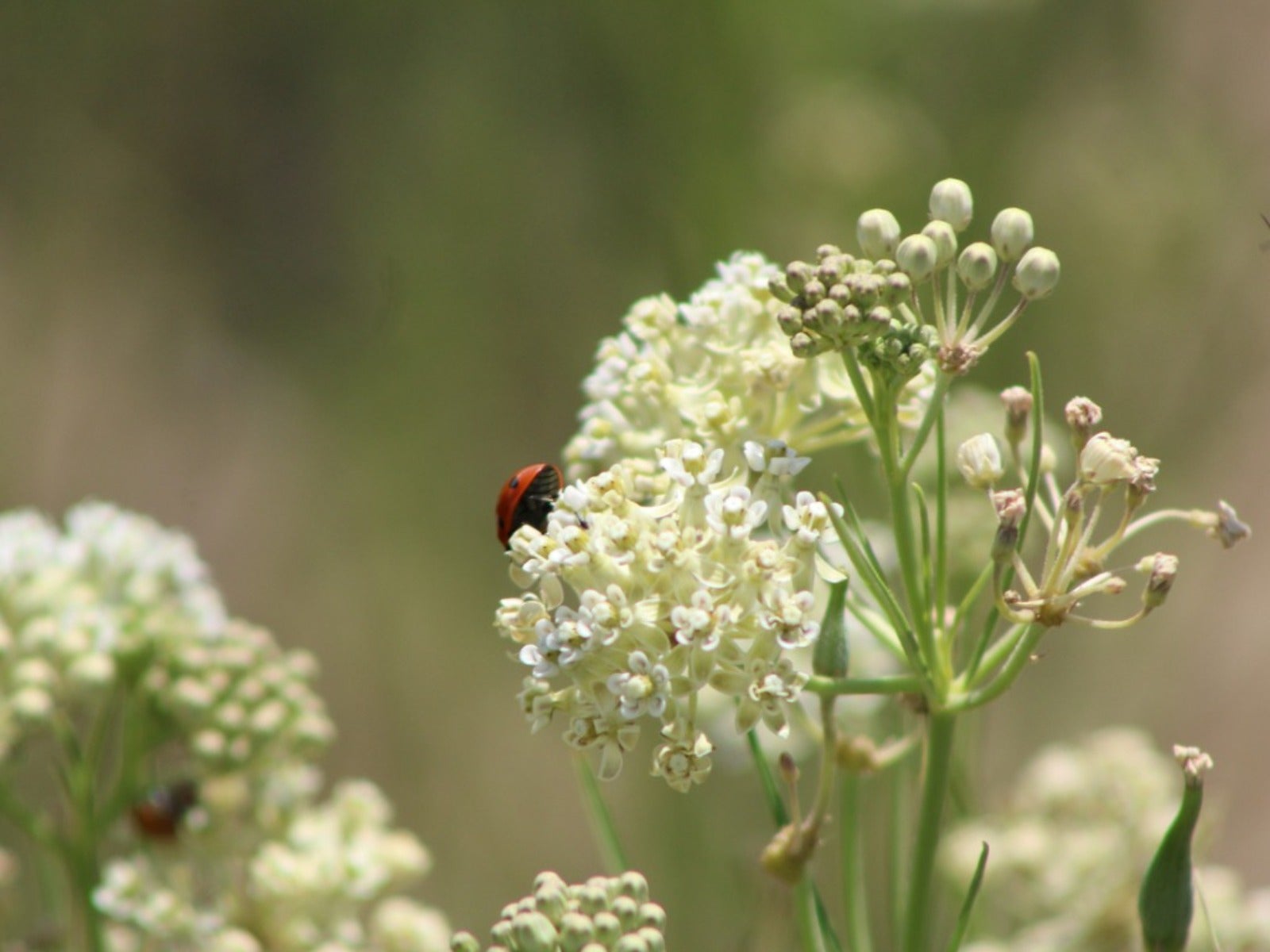 How To Grow Native Whorled Milkweed In The Garden
How To Grow Native Whorled Milkweed In The GardenWhorled milkweed is beloved by monarch butterflies, but it attracts other pollinators, too. Click to read more.
By Mary Ellen Ellis
-
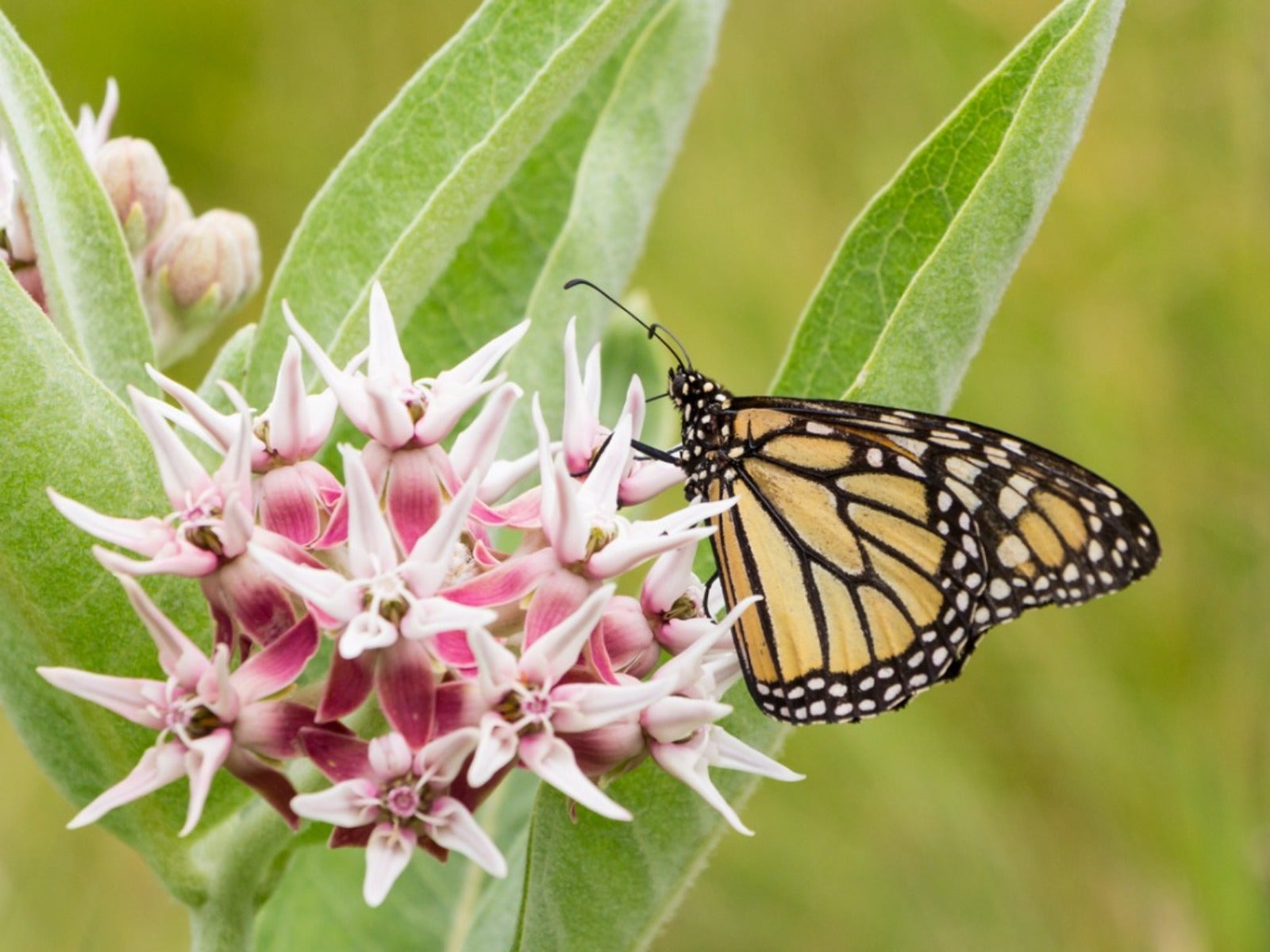 Best California Milkweed Varieties For Monarch Butterflies
Best California Milkweed Varieties For Monarch ButterfliesClick here to learn what the best milkweed varieties for California are.
By Teo Spengler
-
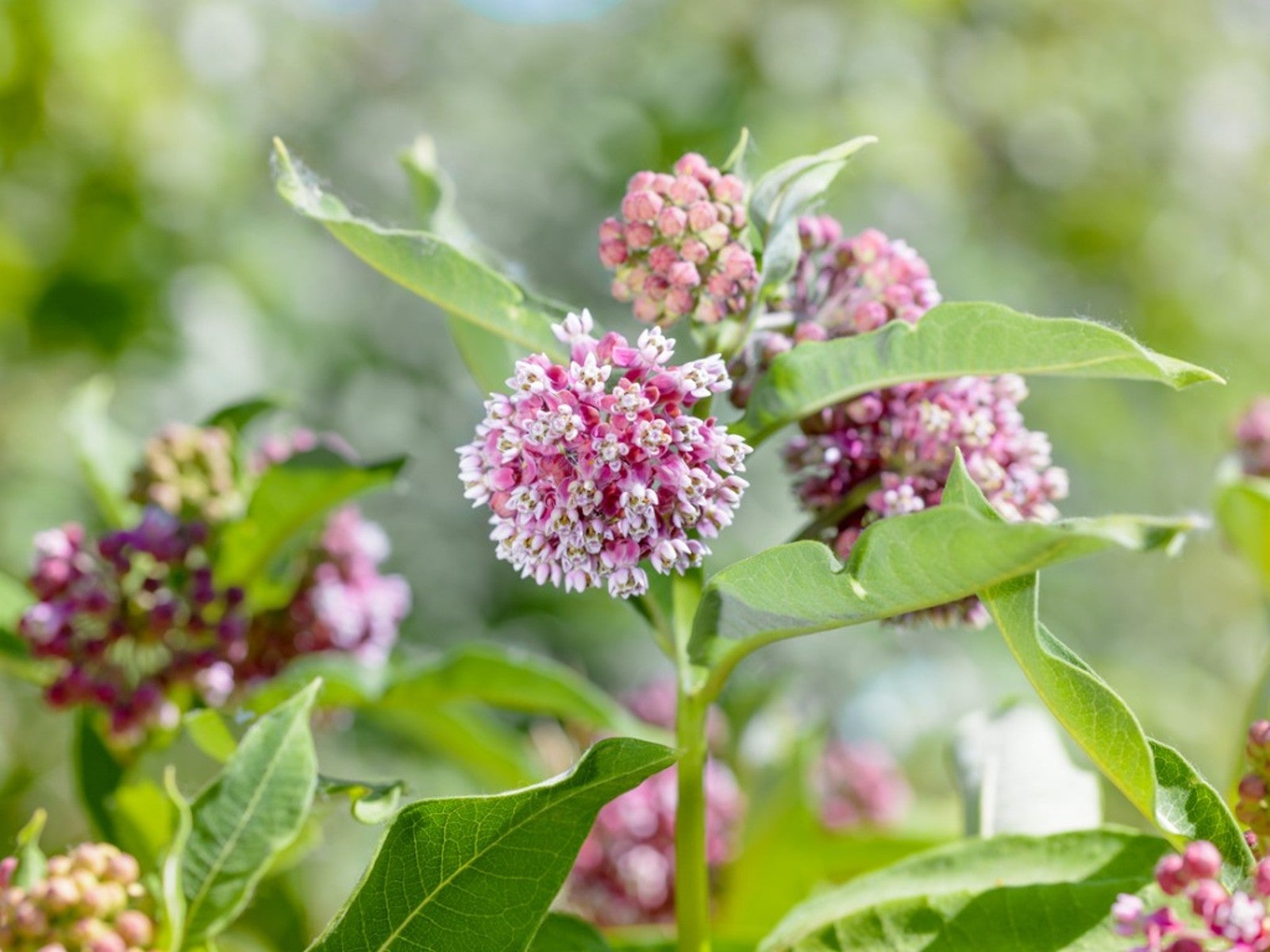 Is Milkweed Plant Poisonous To Pets, People And Livestock?
Is Milkweed Plant Poisonous To Pets, People And Livestock?Butterflies love and depend on milkweed, but the plant is toxic to other animlas. Learn about how to use it responsibly.
By Susan Albert
-
 Growing Showy Milkweed From Seed Or Cuttings
Growing Showy Milkweed From Seed Or CuttingsMilkweed is a valuable addition to gardens as a magnet for butterflies and other pollinators. Plant it from seed or cuttings, but watch out for the sap.
By Tonya Barnett
-
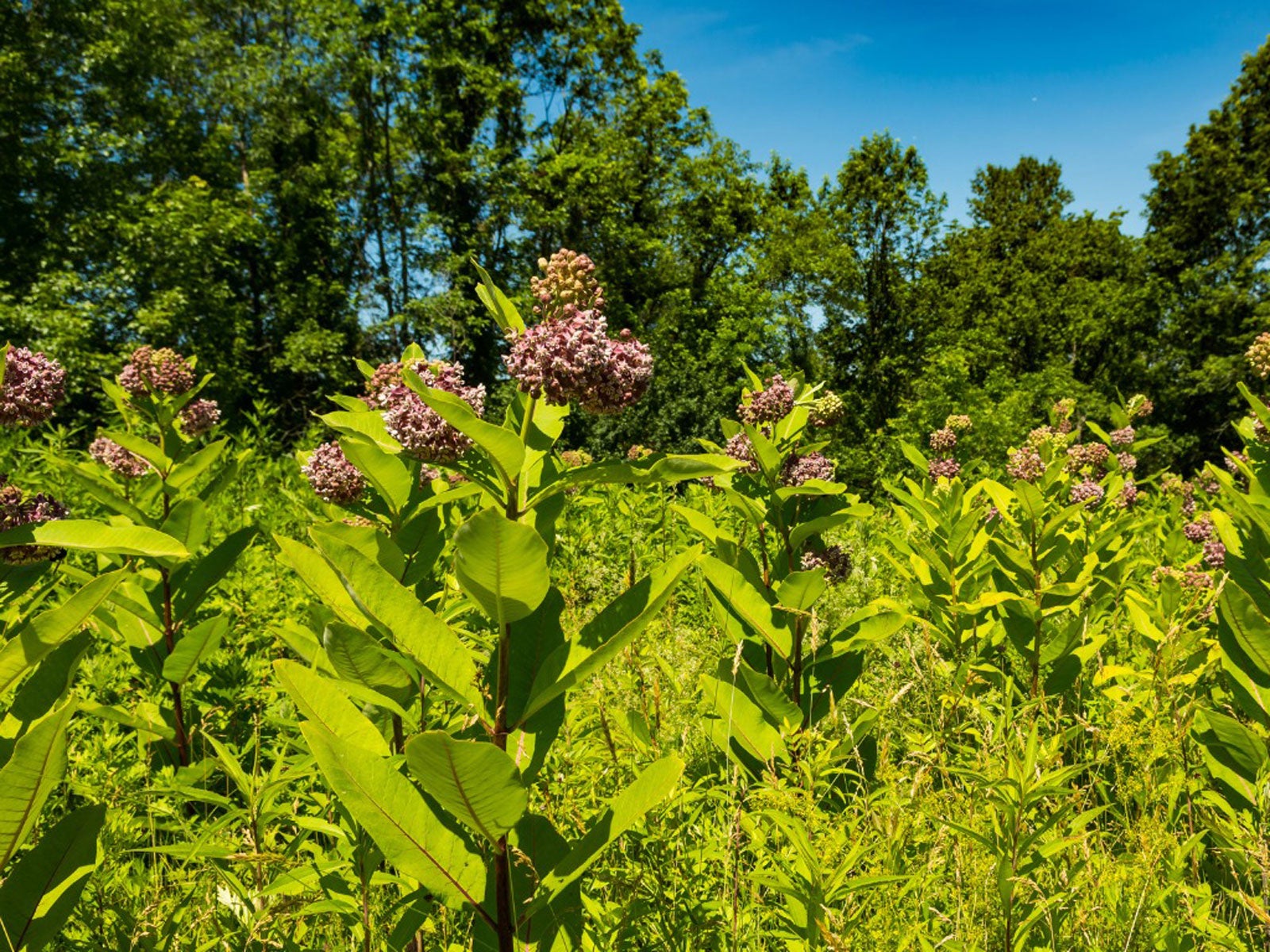 Milkweed Cutting Propagation: Learn About Rooting Milkweed Cuttings
Milkweed Cutting Propagation: Learn About Rooting Milkweed CuttingsYou may already grow milkweed if you have a butterfly garden. Starting milkweed from cuttings can increase the number of plants you have. For more information, click here.
By Laura Miller
-
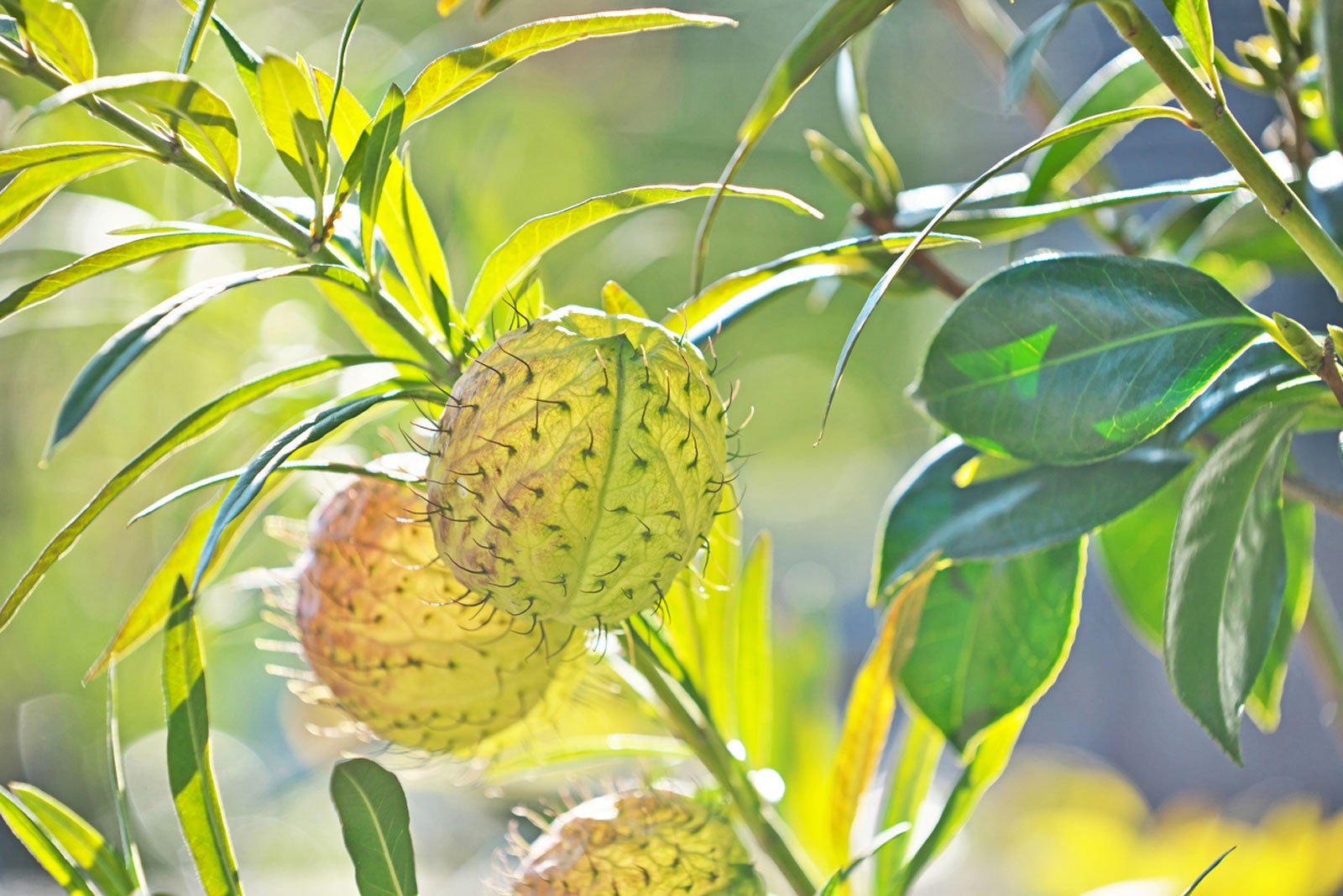 How To Grow Balloon Plants: Care Of Balloon Plants In The Garden
How To Grow Balloon Plants: Care Of Balloon Plants In The GardenLike all members of the milkweed family, the balloon plant is one of the best plants for attracting monarch butterflies. Learn more about adding the balloon plant milkweed species to your garden in this article. Click here for additional information.
By Mary H. Dyer
-
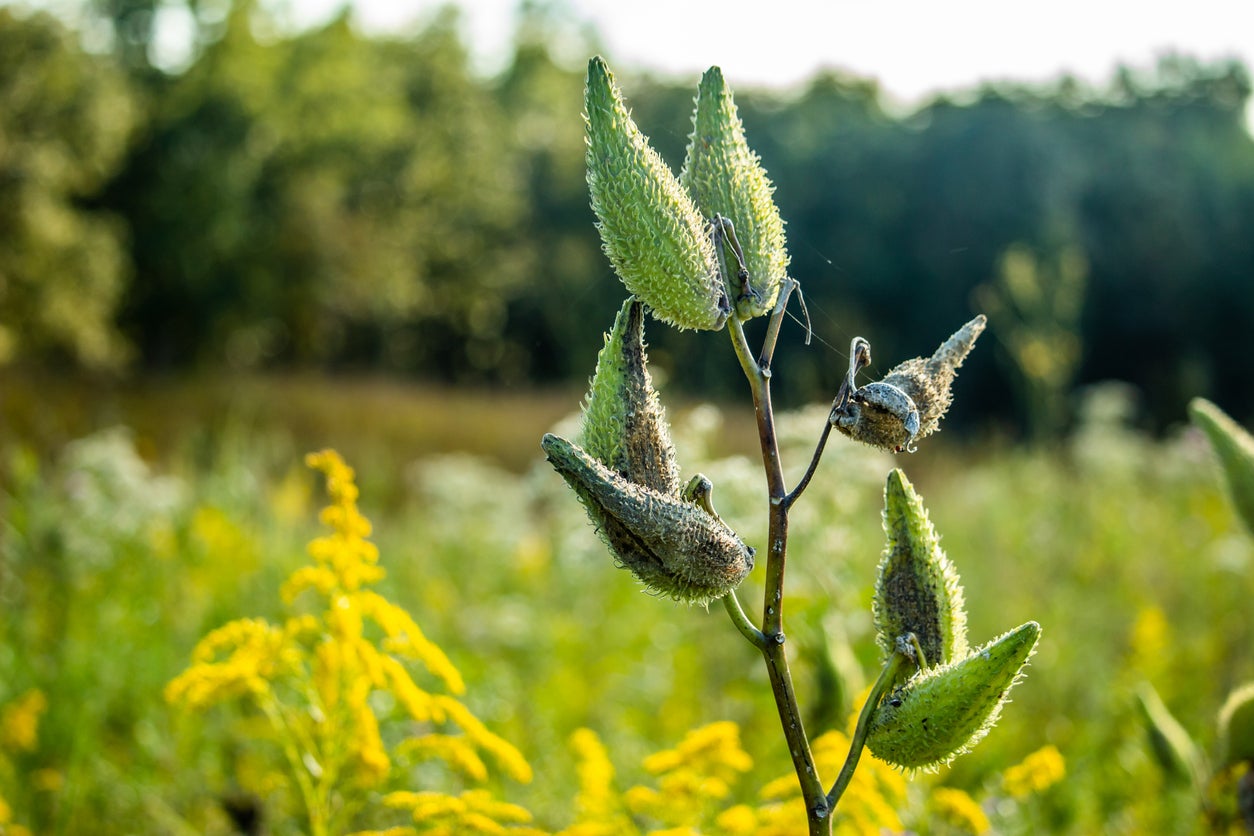 Milkweed Pruning Guide: Do I Deadhead Milkweed Plants
Milkweed Pruning Guide: Do I Deadhead Milkweed PlantsGrowing the plants will attract and feed these beautiful butterflies. But you may be asking, “should I prune milkweed.” Milkweed pruning isn’t really necessary, but deadheading milkweed can enhance appearance and encourage further flowering. Click here for more info.
By Bonnie L. Grant